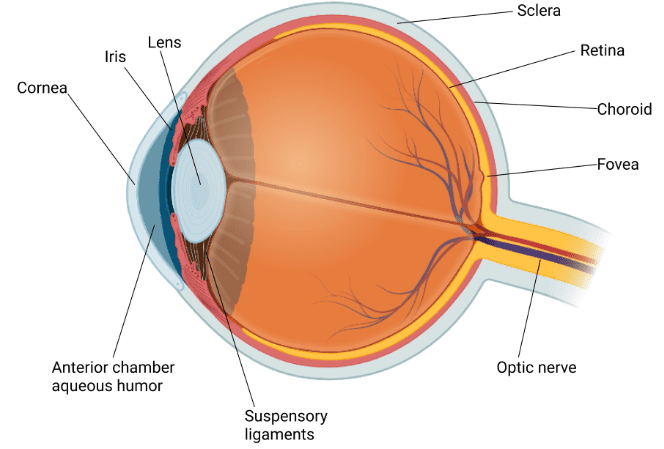CBSE Class 8 Science Chapter-13 Important Questions - Free PDF Download
FAQs on Important Questions for CBSE Class 8 Science Chapter 13 - Light
1. What is the way to take care of your eyes?
Ans: Eyes are very important and proper care should be taken for protection.
If you are advised to use the spectacles make sure to use the suitable and the correct spectacles.
Keep the spectacles always clean.
Don’t let your eyes be exposed to too much light. This will lead to damage to the retina.
Never look directly to the sunlight or any powerful dazzling light. It will be harmful.
While reading a book keep it at a proper distance, don’t get too close to the eyes.
If the dust particles go inside your eyes do not rub them, just wash with clean water.
2. Mention the function of the parts of the eye.
Ans: The main parts of the human eye are Cornea, Iris, Pupil, Lens, Retina and Optic nerve. The thin layer where the light enters the eye and which forms a transparent bulge is called Cornea. A dark muscular diaphragm whose function is to control the size of the pupil is called Iris. The function of the lens is to adjust the focal length which is required to focus on the object according to the distances.
A Retina is a very sensitive and delicate membrane where the images are formed and has many photosensitive cells called rods and cones. Rods are sensitive to dim lights and cones are sensitive to bright lights.
The function of the optic nerve is to transmit the electric signals from the eye to the brain.
3. What do you understand about the Braille System?
Ans: Certain people are affected usually whom we say as visually impaired due to many reasons. The term Braille system is used to help visually impaired persons to read and write. This contains 63 dot patterns or we can say as the characters. These characters are on the Braille sheets which can be easily recognized by the touch. These characters slightly bulge so the persons can feel the characters.
4. What are the laws of reflection?
Ans: The definition of the law of reflection is when the light falls on any smooth surface the angle of reflection is equal to the angle of incidence and the incident ray, the normal to the surface and the reflected ray all lie in the same plane.
The laws of reflection state that
The angle of reflection is equal to the angle of the incident to the line perpendicular to the surface of the point of contact.
The reflected ray is always in the plane which is defined by the ray of the incident to the surface of the point of contact.
5. Define regular and irregular reflection?
Ans: Regular reflections are produced by the plane mirrors with smooth surfaces. The image produced by the regular reflection is always clear and visible. The images are virtual and we cannot collect the image on the screen.
Irregular reflections are produced by the rough surfaces. In this reflection, the illuminated objects are seen from any position. In this type of reflection, the parallel incident light rays are reflected irregularly in many directions.
To know more about Chapter 13 - Light of Class 8 Science refer to the notes provided by Vedantu. They are available on the website of Vedantu and their App and that too free of cost.























